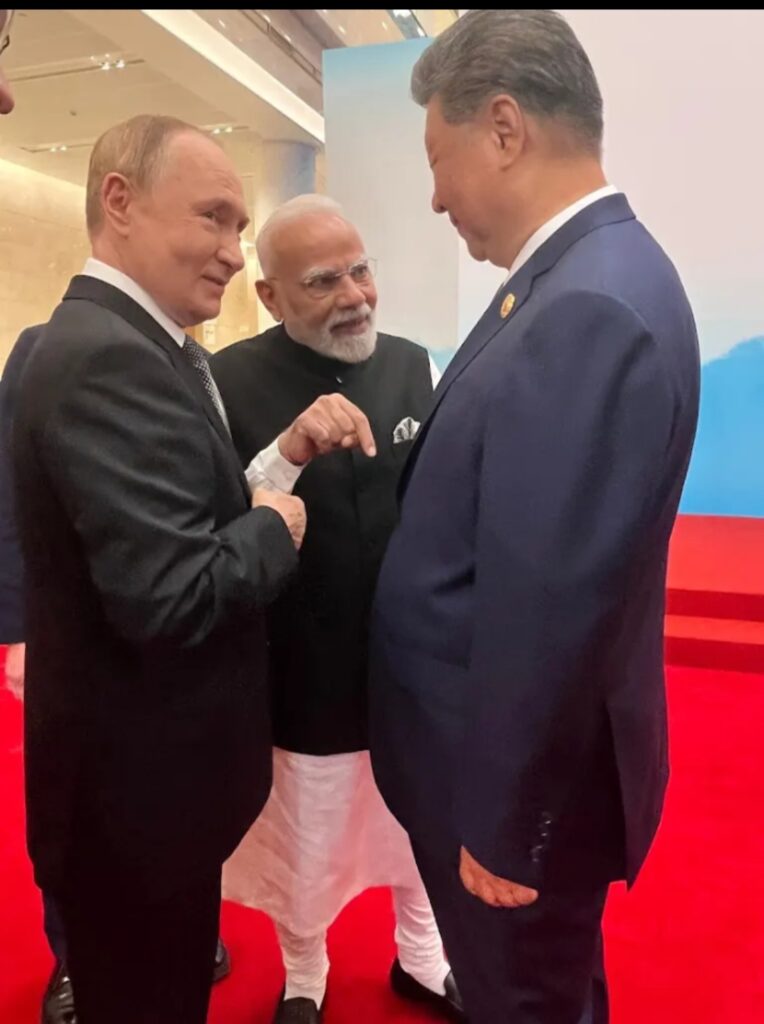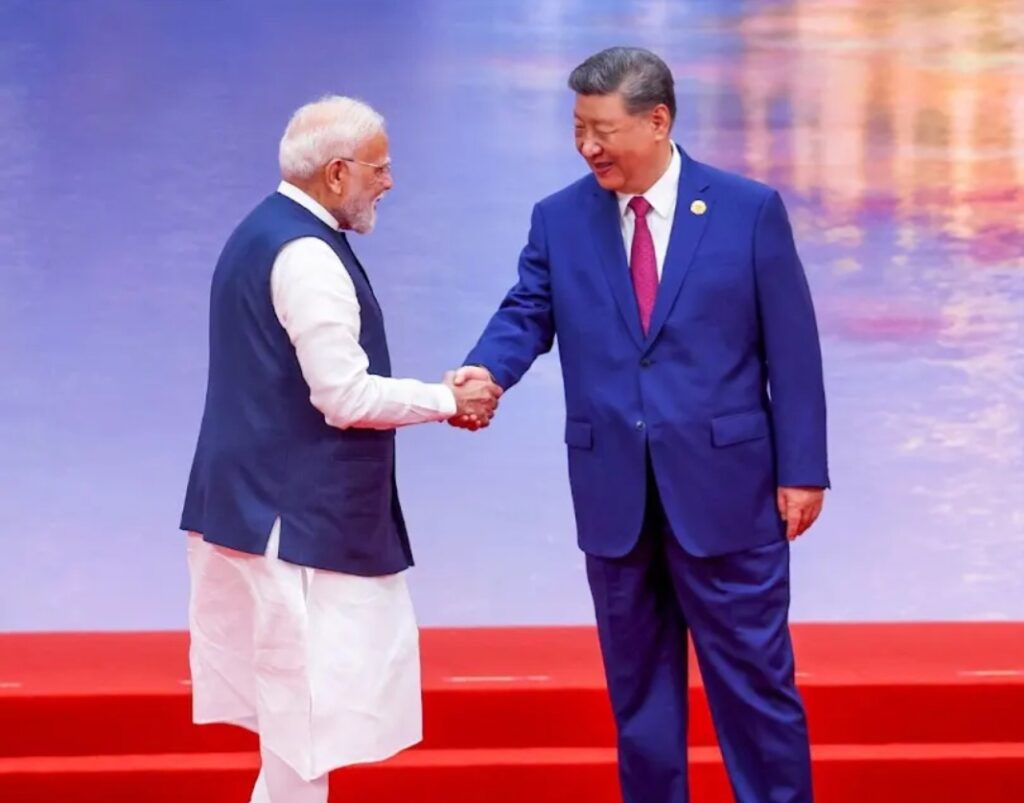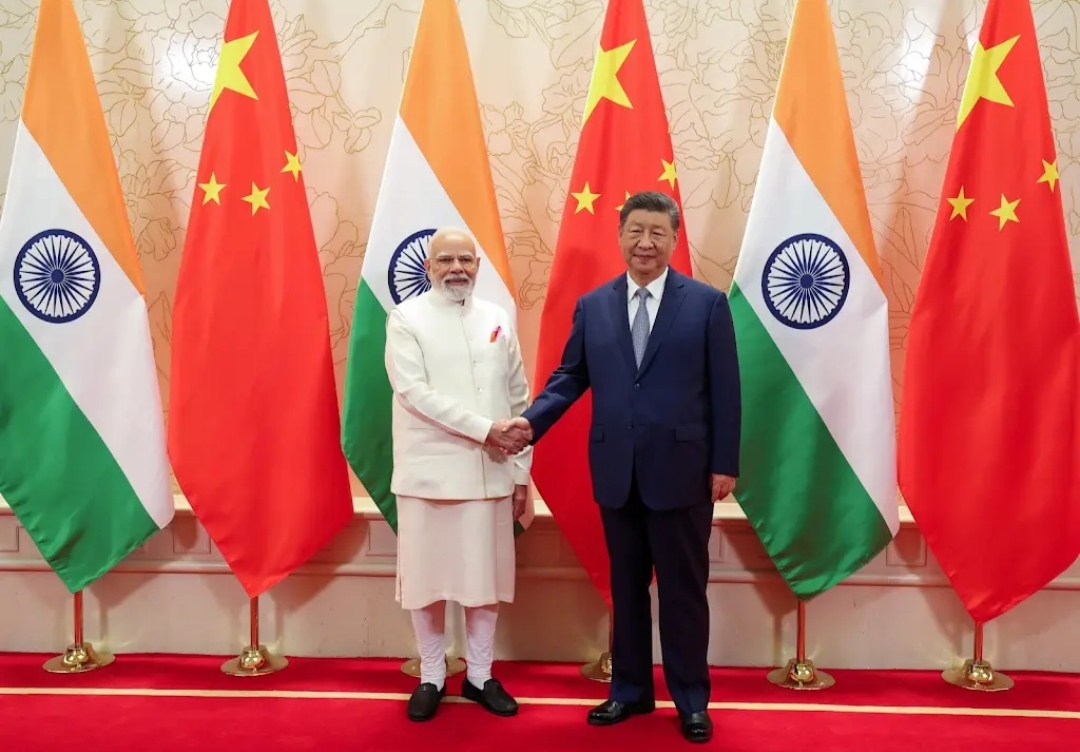Closer Ties with China — How Much Gain, How Much Loss?
Prime Minister Modi’s recent visit to China was widely promoted as the start of a friendship. But the reality isn’t as simple as the upbeat portrayal. The rapprochement between India and China is, in fact, more of a temporary pause than the beginning of a dependable relationship. Diplomats are advising caution and urging measured steps because the India–China trade imbalance is large. Hasty assessments therefore raise greater concerns about risk to India.
There is no doubt that the Prime Minister’s visit thawed the ice between the two countries. The rapprochement signalled cooperation in certain areas. China said it would work with India anew in electronics and automobile sectors. It pledged to resume direct flights, ease visa rules, and remove some export restrictions. These measures brought some relief to India, which is under heavy pressure from steep U.S. tariffs. Modi and Xi Jinping both stated that India and China are “partners, not enemies.” That created a friendlier atmosphere.
But the core problems remain. China repeatedly supports Pakistan. It invests billions of dollars there, provides military and nuclear assistance, and acts as a shield for Pakistan on the world stage. That leaves India exposed to a persistent two-front security threat that no single meeting can erase.
China’s Belt and Road projects are also a source of concern for India. From Sri Lanka and the Maldives to Nepal, Bangladesh and Myanmar, China is extending projects across the region. These are not merely development works but a form of encirclement that is eroding India’s influence in its own neighbourhood.
Economically, the situation is not in India’s favour. India’s trade deficit with China has exceeded $90 billion. India imports far more from China than it exports to China; this increases India’s dependence without delivering comparable benefits. Measures such as resuming flights or easing visa rules cannot compensate for this large deficit and the losses caused by U.S. tariffs.

Talk of an India–China–Russia axis sounds more like dramatic rhetoric; this new alignment does not appear to constitute a long-term, practical diplomatic balance. India and China have long been rivals in expanding their influence across Asia. Their basic outlooks are evidently opposed. China seeks to establish dominance, supports Pakistan, and aims to build influence across India’s neighbouring regions. India counters this through multilateral groupings such as the Quad with the United States, Japan and Australia. Russia, which has become more dependent on China after the war in Ukraine, introduces further imbalance into this axis. In such a situation, India’s being reduced to a “small player”.

Pic credit social media






